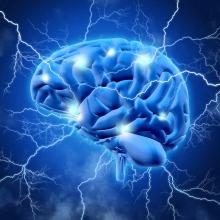The in vitro study that was at the basis of the scientific article was conducted in a consortium of various research organisations, including Albert Einstein College of Medicine in New York and the JRC. It has shown that the novel alpha emitter radioactive drug can penetrate a simulated human blood brain barrier without causing damage to it and selectively bind and kill HIV-infected cells residing in the central nervous system. The approach is based on the unique physical properties of alpha radiation, in particular its high energy and short path length in human tissue, to selectively address and destroy diseased cells while sparing surrounding healthy tissue.
Combined therapy against the virus (cART) allows HIV-positive patients to live much longer. There are however reservoirs within the body where the virus persists and continues to cause damage. In particular the treatment of infections of the central nervous system poses a particular challenge as the blood brain barrier limits many cART drugs from reaching effective levels in the brain. Currently, about half of all HIV infected patients are suffering from mild to moderate neurological disorders.
The study was co-funded by Bill and Melinda Gates foundation and the National Institute of Health. Albert Einstein College of Medicine and JRC have been collaborating for a decade on the joint development of targeted alpha therapy of bacterial, fungal and viral infections, including HIV.
Image: The novel alpha emitter radioactive drug can penetrate a simulated human blood brain barrier.
© Fotolia, Kirsty Pargeter

El equipo de investigadores observó cambios en el...
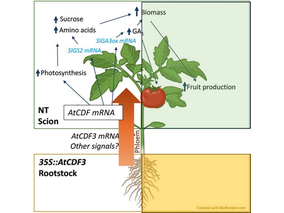
El gen AtCDF3 promueve una mayor producción de az...
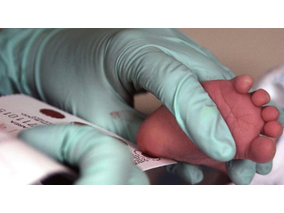
Un estudio con datos de los últimos 35 años, ind...
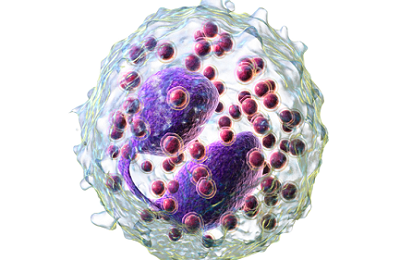
En nuestro post hablamos sobre este interesante tipo de célula del si...
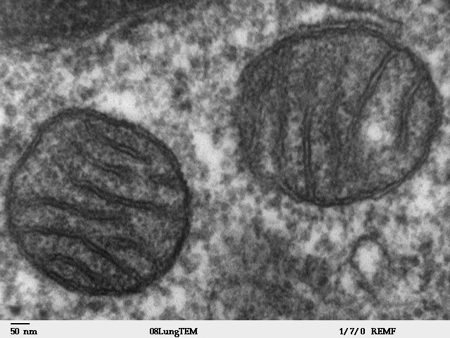
Una investigación liderada por científicos del IIBB-CSIC y del CIBER...
Portal de biotecnología en España
¡Suscríbase a nuestro newsletter para estar al día con las últimas noticias y ofertas!
2013 © Biotech-Spain.com - Site Developments SL. Todos los derechos reservados. Terminos y Condiciones | Política de Privacidad
Articles
Directory
